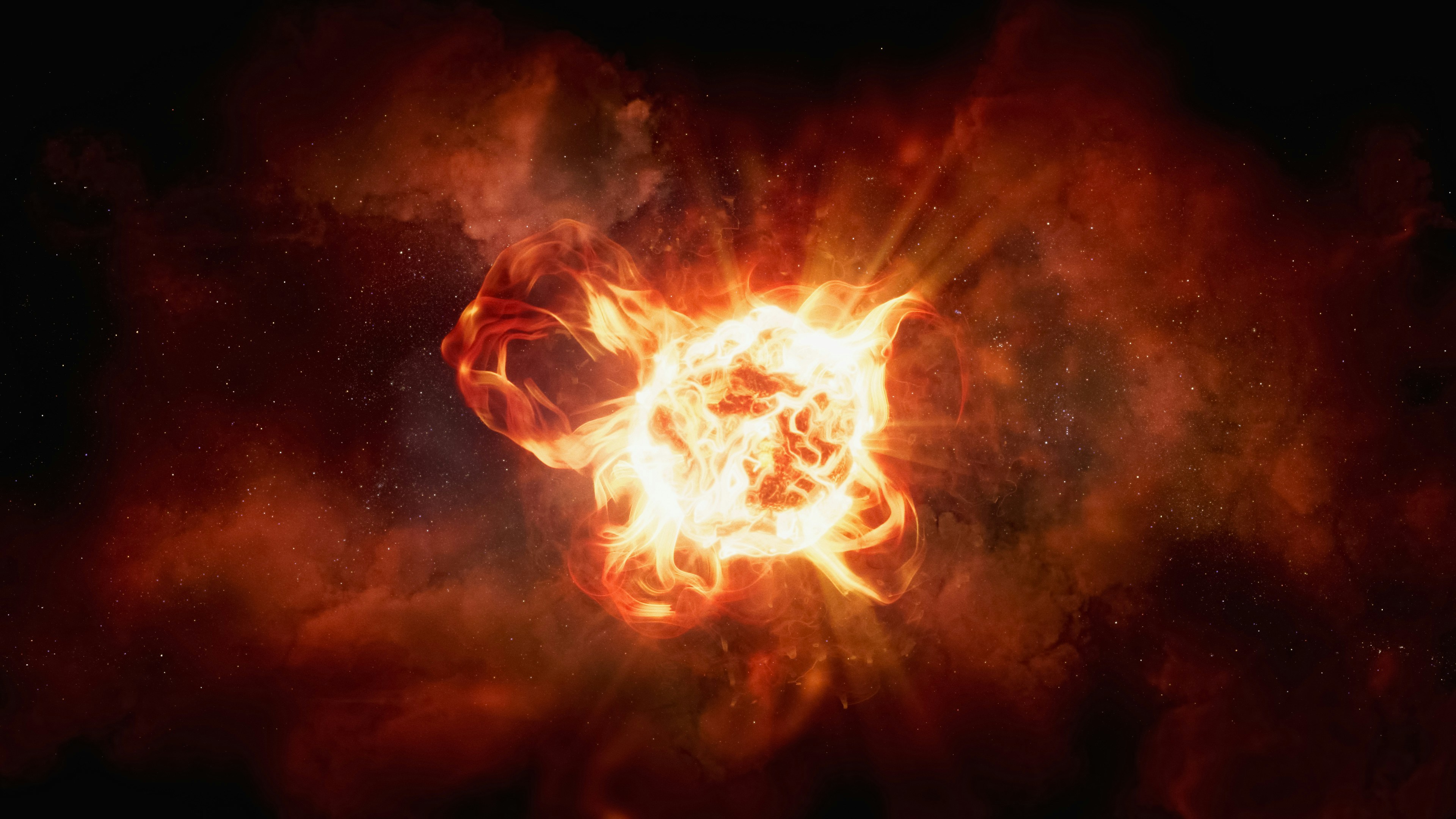For centuries, humanity has looked to the night sky with wonder, seeking to understand the vast cosmos that stretches beyond our planet. The 20th century brought a revelation that transformed this cosmic perspective: the realization that the universe itself is expanding. Observations of distant galaxies and their redshifts revealed that space is not static but dynamic, stretching across unimaginable distances.
This discovery, culminating in the identification of dark energy as the dominant force driving accelerated expansion, has profoundly reshaped modern cosmology. The exploration of dark energy bridges observational astronomy, theoretical physics, and fundamental questions about the nature of reality. Understanding this mysterious force is central to deciphering the evolution, structure, and ultimate fate of the universe, marking one of the most ambitious and intriguing quests in the history of science.
The Discovery of Cosmic Expansion
The notion that the universe is expanding is one of the most transformative revelations in modern cosmology. Early in the 20th century, astronomers observed the redshift of distant galaxies, a phenomenon indicating that these galaxies were moving away from the Milky Way. Edwin Hubble’s observations in the 1920s established a relationship between the distance of a galaxy and its recessional velocity, now known as Hubble’s Law. This discovery fundamentally altered our understanding of the cosmos, suggesting that space itself is stretching over time.
Initially, cosmologists assumed that gravitational forces would eventually slow the expansion, leading either to a static universe or a potential collapse in a “Big Crunch.” However, the late 20th century brought surprising evidence: distant Type Ia supernovae revealed that the expansion of the universe is not slowing but accelerating. This unexpected acceleration implied the presence of a previously unknown form of energy permeating all of space, now referred to as dark energy.
Dark energy constitutes roughly 68–70% of the total energy density of the universe. Unlike ordinary matter and dark matter, which clump under gravitational attraction, dark energy appears to exert a repulsive effect, driving galaxies apart and accelerating cosmic expansion. Its discovery reshaped fundamental physics, introducing new questions about the nature of space, time, and energy at cosmological scales.
The Nature of Dark Energy
Despite its dominant influence on the cosmos, the physical nature of dark energy remains one of the deepest mysteries in physics. Several theoretical frameworks attempt to explain its properties and effects. The simplest model, the cosmological constant, was originally introduced by Albert Einstein in his field equations of general relativity. Einstein initially proposed this term to achieve a static universe, but after Hubble’s discovery, he abandoned it, calling it his “greatest blunder.” Modern cosmology, however, has resurrected the cosmological constant as a possible explanation for the uniform energy density associated with dark energy.
Alternative models conceptualize dark energy as a dynamic field, often termed quintessence. Unlike the constant energy density in the cosmological constant model, quintessence allows the energy to vary over space and time. Such models can, in principle, explain differences in the rate of acceleration observed at various cosmic epochs. Other hypotheses suggest modifications to general relativity at large scales, implying that the observed acceleration could result from a breakdown of standard gravitational laws in the far reaches of the universe.
Observational cosmology provides critical insights into the properties of dark energy. Measurements of the cosmic microwave background (CMB), large-scale galaxy surveys, and supernova luminosity distances collectively inform estimates of the universe’s expansion history. These data suggest that dark energy behaves consistently with a negative pressure, producing a repulsive gravitational effect. While precise measurements continue, the consensus indicates that dark energy is the dominant factor shaping the large-scale dynamics of the cosmos.
| Parameter | Observed Value/Implication |
|---|---|
| Dark Energy Density | ~68–70% of total cosmic energy |
| Equation of State (w) | Approximately −1 (consistent with cosmological constant) |
| Expansion Rate (Hubble Parameter) | ~67–74 km/s/Mpc depending on measurement method |
| Observable Consequence | Accelerated expansion, galaxy recession |
This table illustrates the key properties of dark energy that influence the evolution and structure of the universe.
Implications for Cosmology and Structure Formation
The presence of dark energy has profound implications for the large-scale structure and future evolution of the universe. In the early universe, ordinary matter and radiation dominated the dynamics, allowing gravity to seed the formation of stars, galaxies, and clusters. As dark energy became more significant, it counteracted the gravitational attraction, influencing the growth of cosmic structures. Regions of space where matter is denser can still form galaxies, but on the largest scales, the accelerating expansion suppresses the aggregation of matter.
Dark energy also plays a crucial role in determining the ultimate fate of the universe. If dark energy remains constant as a cosmological constant, the universe will continue to expand indefinitely, gradually approaching a state of thermal equilibrium known as the “heat death,” in which stars exhaust their fuel and galaxies recede beyond observational reach. Alternative models with dynamic dark energy fields suggest other possibilities, including scenarios where acceleration may slow or even reverse over vast cosmological timescales.
Additionally, dark energy impacts observational cosmology. Measurements of baryon acoustic oscillations, gravitational lensing, and galaxy clustering provide indirect evidence for the universe’s accelerated expansion. The interplay between dark energy and dark matter shapes cosmic filaments, voids, and clusters, creating the web-like structure observed in galaxy surveys. By studying these phenomena, cosmologists aim to refine the properties of dark energy and understand its evolution through cosmic history.
Theoretical Challenges and Debates
Despite decades of research, dark energy remains enigmatic. One major challenge is the “cosmological constant problem,” which arises from discrepancies between the predicted vacuum energy in quantum field theory and the observed value of the cosmological constant. Calculations from quantum mechanics suggest a vacuum energy density many orders of magnitude larger than what is observed, creating a profound tension between theory and observation.
Another challenge is distinguishing between dark energy and modified gravity models. Some theorists argue that the accelerated expansion could result from deviations from general relativity at large scales rather than a new form of energy. Observational strategies, including precision measurements of galaxy clustering, lensing, and the integrated Sachs-Wolfe effect, are being employed to test these competing hypotheses.
The interplay between theory and observation is central to the study of dark energy. As technology advances, instruments like the James Webb Space Telescope, upcoming large-scale galaxy surveys, and next-generation supernova studies provide increasingly precise data. These measurements will help constrain the equation of state of dark energy, detect potential temporal variations, and refine cosmological models to explain the accelerated expansion consistently.
Future Directions and Cosmological Outlook
Understanding dark energy is one of the most pressing challenges in 21st-century cosmology. Ongoing and future observational missions aim to map the expansion history of the universe with unprecedented precision, determine whether dark energy evolves over time, and test alternative theories of gravity.
The integration of cosmological simulations with observational data is essential for modeling the universe’s large-scale structure under the influence of dark energy. These simulations reveal how galaxy formation, clustering, and cosmic voids evolve in an accelerating universe. By comparing simulation outcomes with empirical observations, scientists can evaluate competing dark energy models and refine the theoretical framework of cosmology.
Furthermore, interdisciplinary approaches combining particle physics, quantum field theory, and cosmology may yield insights into the fundamental origin of dark energy. Some hypotheses suggest connections between dark energy and vacuum fluctuations, extra dimensions, or unknown scalar fields. Resolving these questions could unify our understanding of the very small (quantum mechanics) and the very large (cosmology), offering a more comprehensive view of the universe.
A practical list of ongoing research objectives includes:
-
Measuring the equation of state of dark energy with high precision
-
Mapping large-scale cosmic structures to observe dark energy effects
-
Testing modified gravity theories as alternatives to dark energy
-
Investigating the relationship between vacuum energy and cosmic acceleration
-
Simulating long-term cosmic evolution under various dark energy scenarios
These objectives highlight the multi-faceted approach required to unravel the mysteries of dark energy, combining observation, theory, and computational modeling.
Conclusion
Dark energy has emerged as a defining component of modern cosmology, driving the accelerated expansion of the universe and reshaping our understanding of cosmic evolution. Despite its pervasive influence, its nature remains elusive, presenting profound theoretical and observational challenges. Models ranging from the cosmological constant to dynamic fields and modified gravity illustrate the breadth of scientific inquiry into this mysterious force.
The study of dark energy not only informs our understanding of the universe’s past and future but also challenges fundamental principles in physics, bridging cosmology, quantum mechanics, and general relativity. As observational capabilities advance and theoretical models evolve, humanity moves closer to comprehending the invisible force shaping the cosmos—a force that determines the structure, fate, and very nature of the universe itself.


